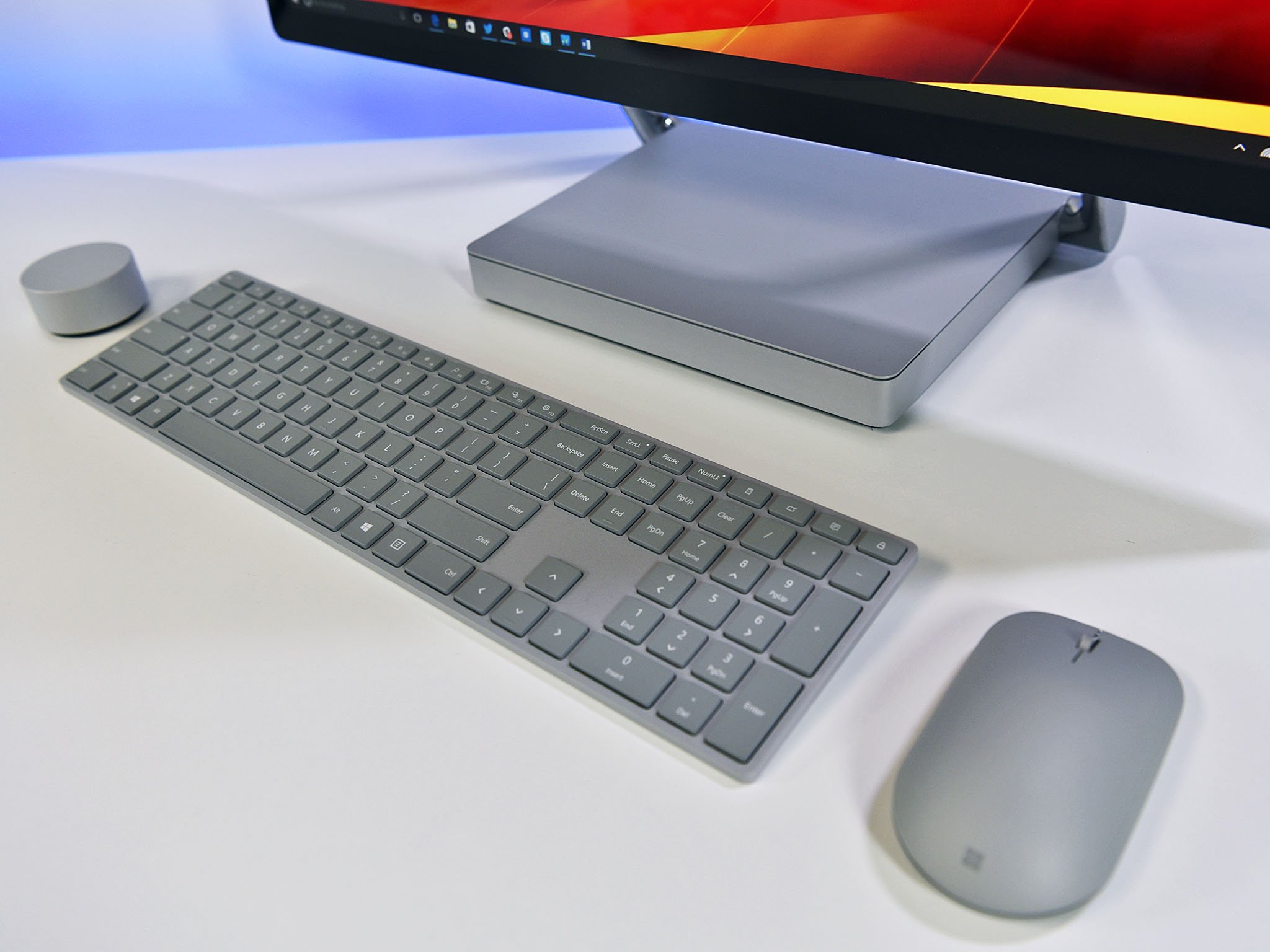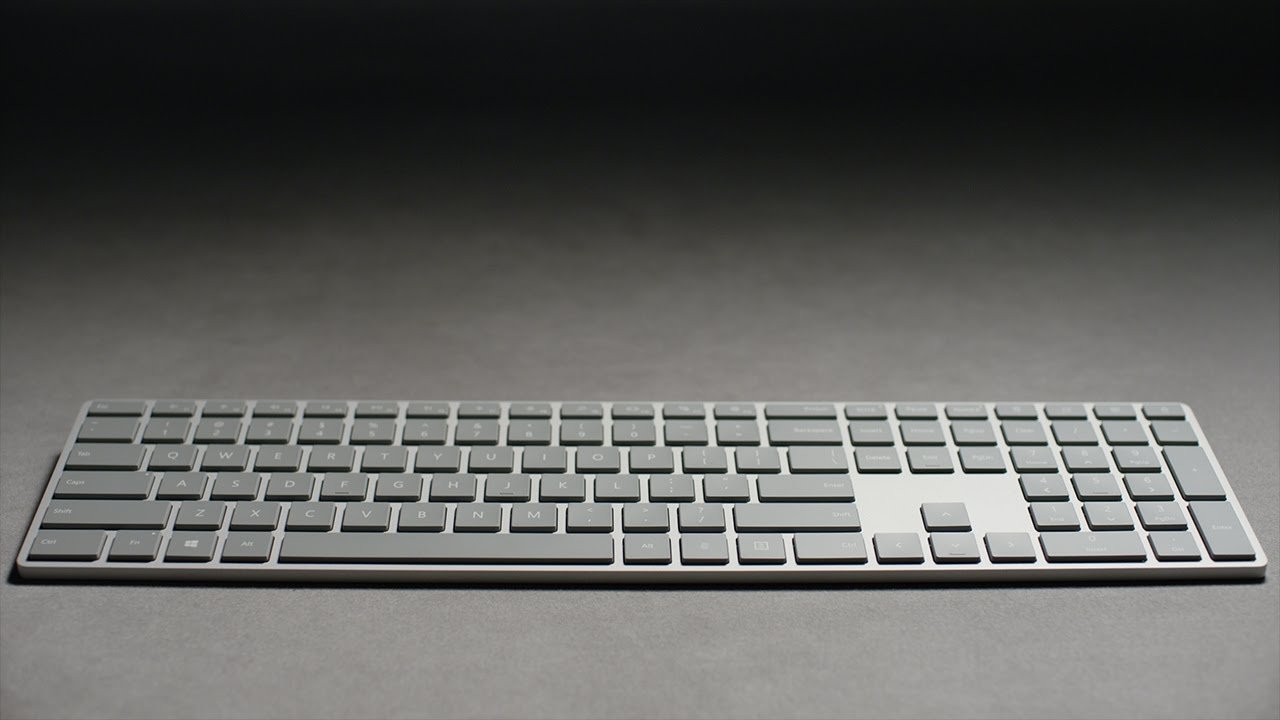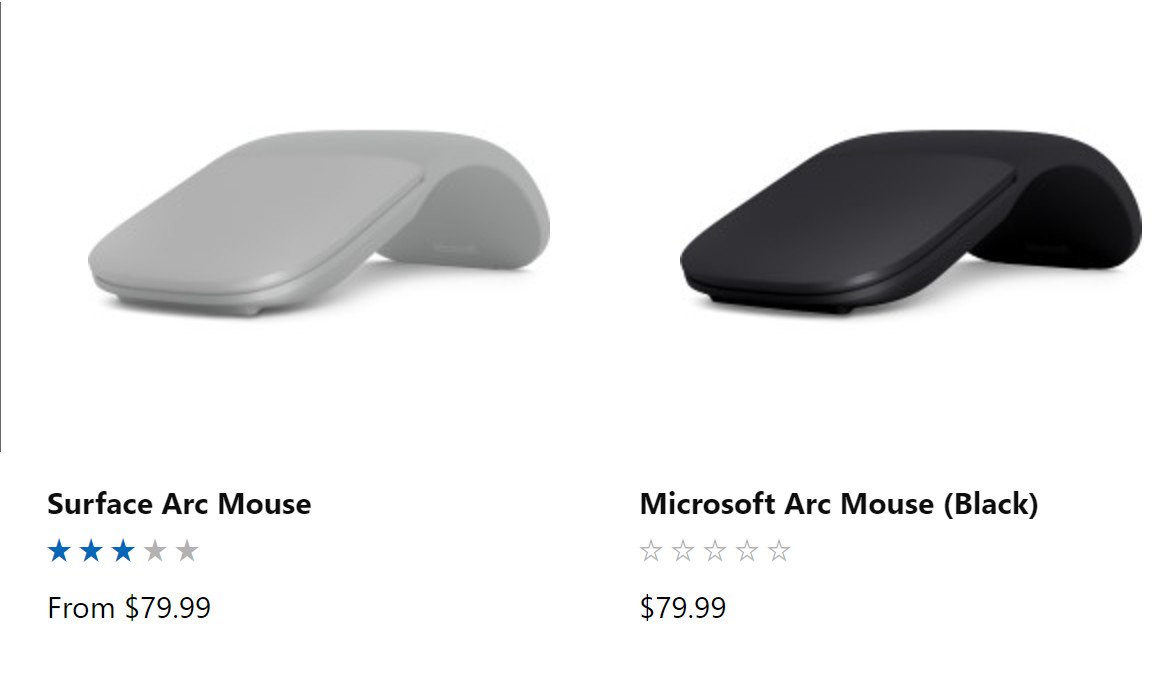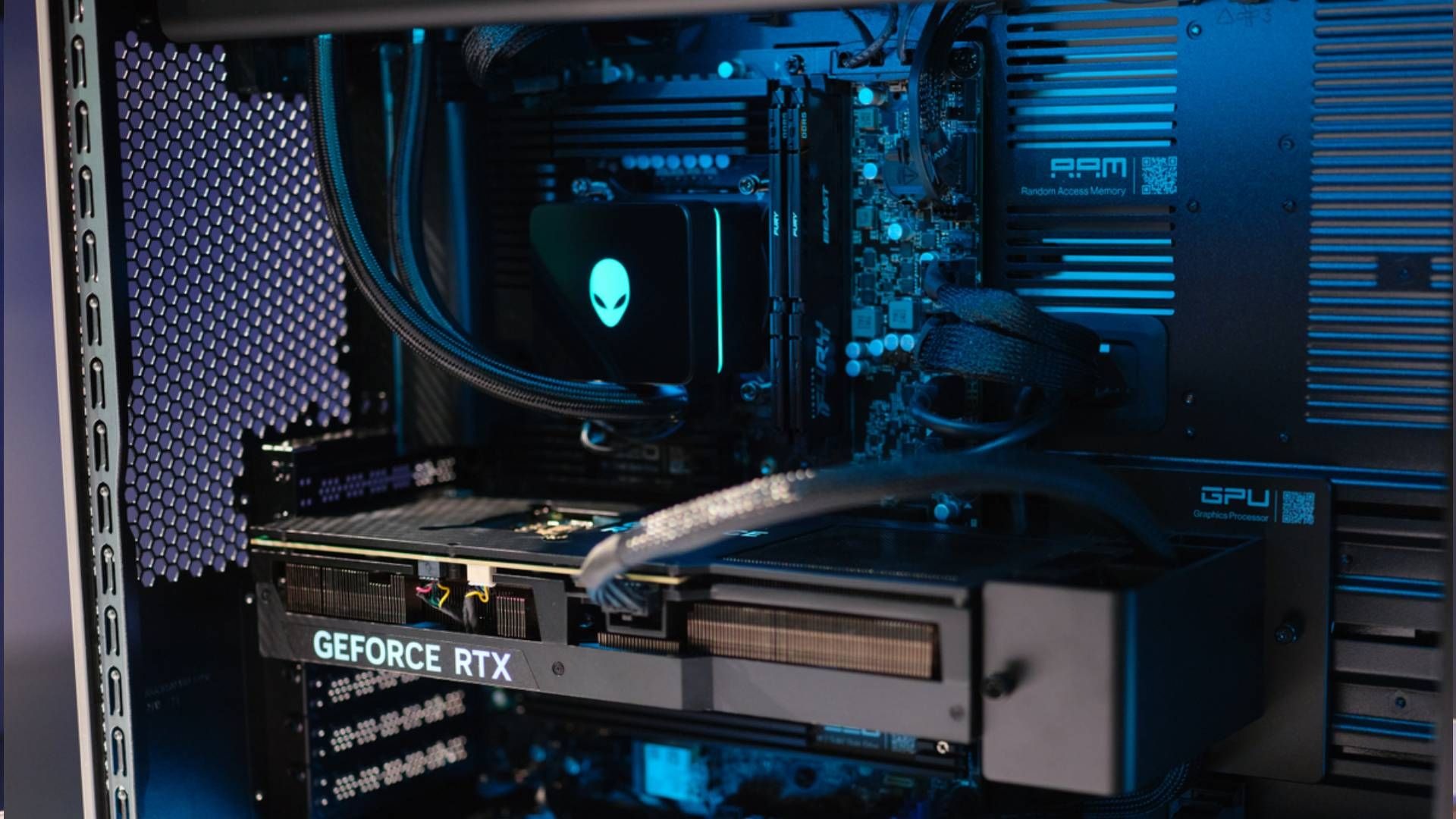Why Microsoft brands some accessories for Surface but not others
Microsoft has a long history of making all kinds of keyboards and mice for PC users.

However, some of those accessories have become muddled recently because the company also now makes its own laptops, desktops, and tablets under the Surface brand.
The recent – and quiet – announcement of the upcoming Microsoft Modern Keyboard with Fingerprint ID is one example of an odd naming scheme. That keyboard bears a striking resemblance to the Surface Keyboard that launched with the Surface Studio in late 2016. Some of us around here began to wonder if the company was shifting the branding of its accessories from "Surface" to "Microsoft" to have a wider appeal to PC users without Surfaces.
The answer is a simple yet complicated. But, no, Microsoft is not making a branding change.
See all the Surface accessories at Microsoft
Surface branding vs. Microsoft branding
The easy explanation here is it's the fingerprint reader that makes the new keyboard non-Surface branded. After all, if you bought a Surface Studio not only do you get the Surface Keyboard included but you also get Windows Hello facial recognition. In fact, all Surfaces starting with the Surface Pro 4 have facial recognition, making fingerprint readers redundant and likely less preferable – facial recognition is faster and easier to use.

I think the Microsoft Modern Keyboard with Fingerprint ID is neat, but I won't be getting one because I use a Surface Studio. If you own an HP or Dell desktop, however, it's more tempting.
A more complicated answer to the branding question is that Microsoft must juggle multiple markets with different messages. If you buy a Surface PC, you likely want some official Surface accessories. It makes sense then to have Surface mice, keyboards, pens, docks, and cables so that the average consumer knows exactly what to buy. You must give Microsoft some credit for keeping accessory interchangeability consistent through each device cycle upgrade, too. You can still use the new Surface Type Cover with Alcantara on a Surface Pro 3, for instance. I can even get the new Surface Pro (2017) to work with the original Surface Pro 3 Docking Station.
Get the Windows Central Newsletter
All the latest news, reviews, and guides for Windows and Xbox diehards.
There is a downside to that Surface branding, however. While most prosumers and tech-aware customers know a Surface Arc Mouse works on any PC with Bluetooth, your average shopper might not. That is very likely the rationale behind having both a Surface Arc Mouse and a Microsoft Arc Mouse that are exactly the same except for color difference.

While Microsoft's Surface branding stands for premium, it could also be exclusionary to shoppers who just want a nice keyboard or mouse. That's why there is the regular Microsoft branding for general accessories.
Of course, if you really want the Microsoft Modern Keyboard with Fingerprint ID for your Surface PC, go right ahead and buy one when it's released. Windows Hello lets you use multiple bio-authentication methods. That means you could log in with your face or fingerprint. There some good usage cases for that, as well, including letting a family member use fingerprint for their account, while you use facial recognition – or vice versa. (Also, some enterprise groups just don't trust face recognition or they mandate fingerprint readers.)
Branding beneath the Surface
Finally, all this raises the bigger question of how Microsoft should use the Surface brand. It is very tempting to want to use it everywhere due to the positive brand image. Nonetheless, we've seen from the Lumia 950 and Lumia 950 XL release that the Surface team only stamps its brand on products it believes in.
For now, I think it's best to keep Surface limited to a few select devices and accessories. There may be redundancies, but unlike Apple, Microsoft needs to cater to the whole PC world regardless if users own an actual Surface.
Now, if the company could just figure out the whole Microsoft Arc Mouse versus Arc Touch Mouse versus Surface Arc Mouse versus Microsoft Arc Touch Bluetooth Mouse versus Microsoft Arc Touch Mouse Surface Edition we'd be all set!

Daniel Rubino is the Editor-in-chief of Windows Central. He is also the head reviewer, podcast co-host, and analyst. He has been covering Microsoft since 2007 when this site was called WMExperts (and later Windows Phone Central). His interests include Windows, laptops, next-gen computing, and wearable tech. He has reviewed laptops for over 10 years and is particularly fond of 2-in-1 convertibles, Arm64 processors, new form factors, and thin-and-light PCs. Before all this tech stuff, he worked on a Ph.D. in linguistics, performed polysomnographs in NYC, and was a motion-picture operator for 17 years.
